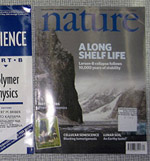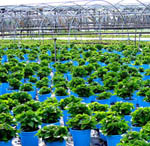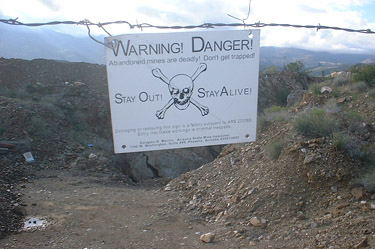Urban stream restoration failing to find success
 Freshwater,
Freshwater,  Invertebrates,
Invertebrates,  Restoration
Restoration A new study raises doubts about the ability of stream restoration projects in urbanized watersheds to mitigate against human impacts and improve ecological conditions.







